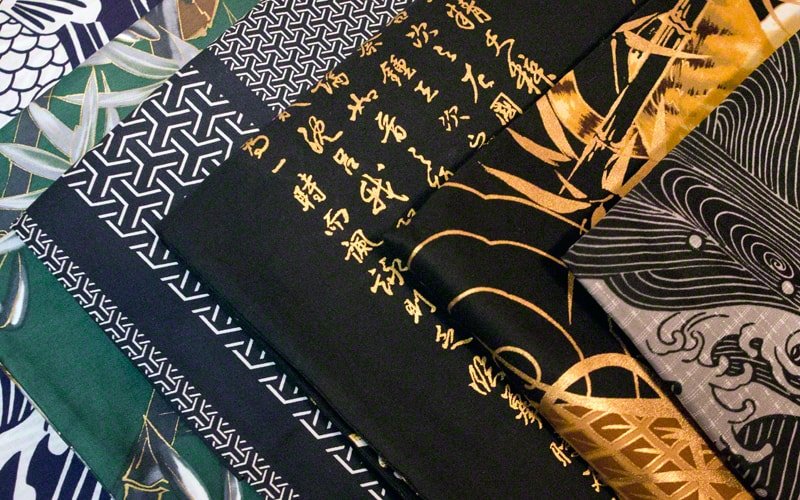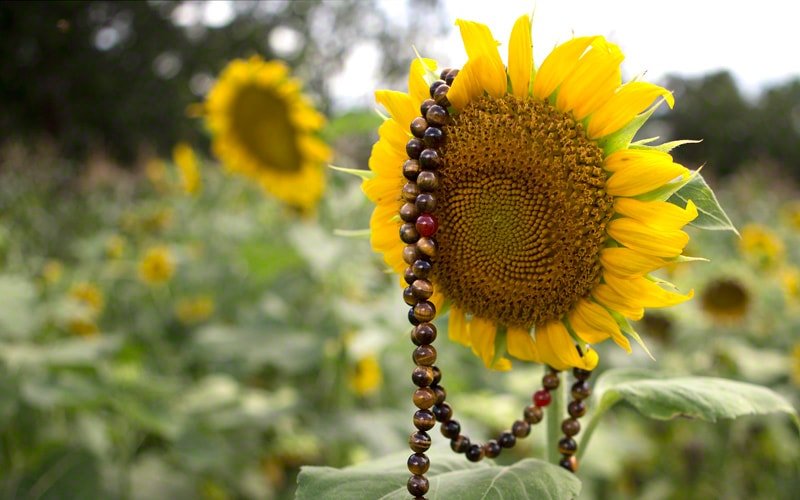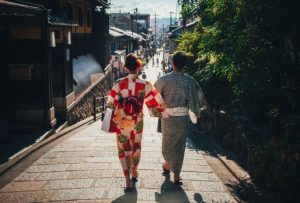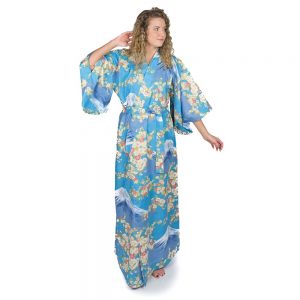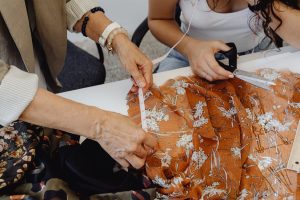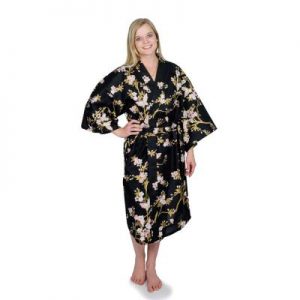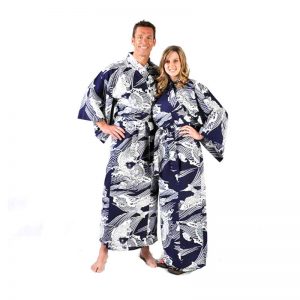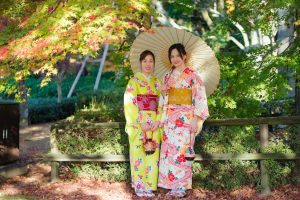For fashion enthusiasts and lovers of Japanese culture, finding the perfect kimono robe can sometimes feel like a treasure hunt. Whether you’re a local shopper exploring nearby boutiques or an online enthusiast browsing global collections, the quest for the perfect kimono robe can be both exciting and challenging.
The Challenge of Finding Local Kimono Shops
Kimonos, with their rich history and cultural significance, are often not readily available in local stores, making it difficult for those seeking authentic pieces. Many local neighborhoods lack specialized kimono shops, leading enthusiasts to spend hours searching for that perfect piece.
This is where Chopa – Your Kimono Source steps in to transform your shopping experience.
Why Choose Chopa – Your Kimono Source?
Convenient Online Shopping Experience
With Chopa, there’s no need to drive around town, deal with traffic, or search for parking spaces. From the comfort of your home or office, you can explore a vast selection of kimono robes online, 24 hours a day. Simply browse, add your favorite items to your cart, provide your information, and leave the rest to us.
Extensive Range of Styles and Sizes
We pride ourselves on offering a diverse range of kimono robes, ensuring there’s something for everyone. Our collection includes various sizes, styles, and patterns, allowing you to find the perfect match for your personal taste.
Quick and Reliable Shipping
At Chopa, we understand the anticipation of receiving your new kimono robe. That’s why we offer fast shipping, with most orders dispatched within one day and delivery occurring within 2 to 3 days for most orders.
Hassle-Free Returns and Exchanges
Your satisfaction is our priority. If your kimono or yukata doesn’t meet your expectations, you can return it for a refund or exchange, making your purchase simple and easy.
Trusted Experience Since 1994
With over two decades of experience in offering Japanese robes online, Chopa has perfected the art of customer satisfaction. Our extensive knowledge ensures that your shopping experience is seamless and enjoyable.
The search for a “kimono robe near me” ends here. With Chopa – Your Kimono Source, you can enjoy a hassle-free shopping experience, discovering beautiful kimono robes without leaving your home. Whether you’re a local shopper or an online enthusiast, our collection awaits you. Explore our range today and bring a touch of Japanese elegance to your wardrobe.
Photo courtesy of Andrea Piacquadio.

